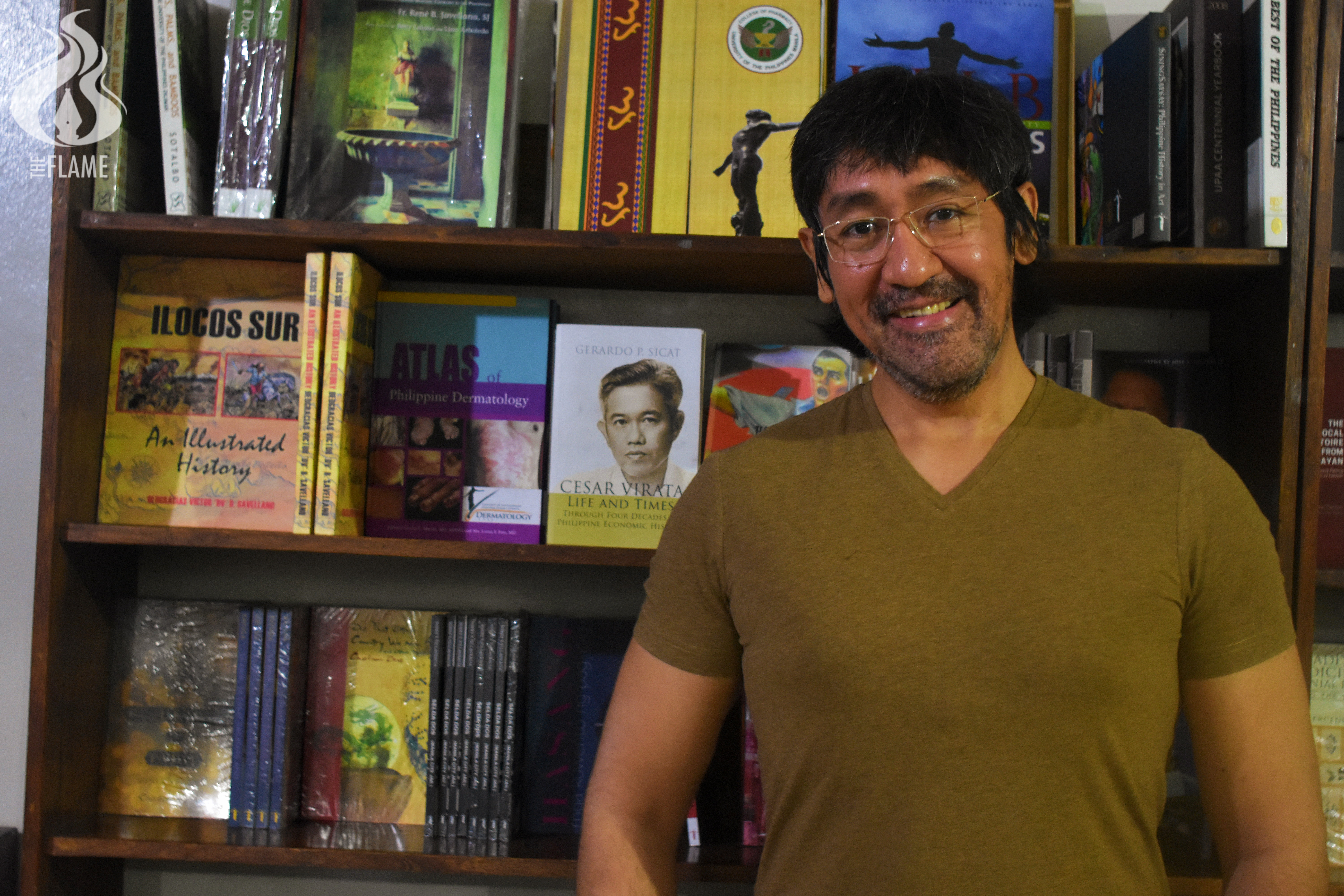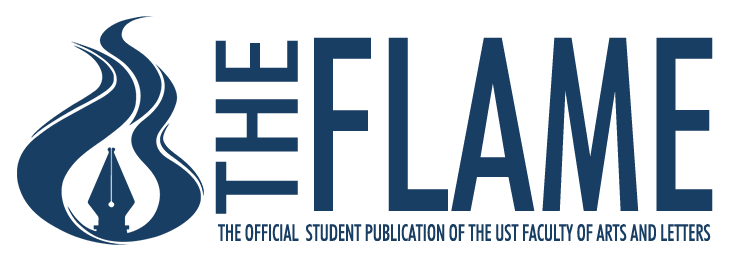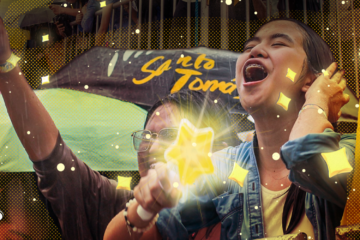
BITTERSWEET. This is how J. Neil Garcia describes the life of homosexuals in the Philippines.
As a creative writer, to write well is always the primary concern for his works. But as an author of LGBT literature, works about homosexuality are important in challenging the stigma of being non-normative on gender and sexuality. The Journalism alumnus asserts that challenging and eventually destroying the stigma is possible by confronting homophobia and prejudice head-on.
Inspiration drawn from self-estrangement
Before he knew of his homosexual identity and wrote pieces on homosexuality, he always wrote about his feelings. “I remember being different, not necessarily in a sexual sense, back when I was very young. I believe I’ve always written out of this ‘estrangement,’ this sense and/or sentiment of being different,” Garcia says.
At an early age, Garcia‘s profound grief of being separated from his best friend Hazel inspired him to write his first poem.
To continue writing truthfully, he made himself aware that he is different from other individuals. He started to embrace his uniqueness and, along with gender and sexuality, incorporate it as a theme for his works.
Oscar Wilde, Andre Gide, Edmund White, and Allen Ginsberg initially inspired the multi-awarded writer to start writing about homosexuality. However, it was in his sophomore year at the University of Santo Tomas (UST) when he solidified his interest.
After an invitation from his Humanities professor, he attended the lecture of local filmmaker Nick Deocampo, who showcased an exhibit of homoerotic images and poems at the Goethe-Institut. Garcia saw the acclaimed Deocampo read his “gay and sexually frank” poems on stage—a moment that moved him to write about homosexuality.
“Literature is one of the most effective ways of creating empathy because it allows us to become all kinds of people. [W]hen we read a story or a poem, we are incarnated, as it were, reborn into the perspectives of characters we are not and literally cannot be,” he explains.
LGBT literature, for Garcia, is the most efficient way to represent the LGBT community and explain its difference, which the prevailing bigotry, hatred, and ignorance overshadow, to the larger world.
The continuous struggle of LGBTs caused by the intolerance of society against them and the backlashes against their human rights are just few of the issues that Garcia is facing not only as a homosexual but also as a writer. However, with the inspiration and unconditional love that he receives from the people he knows, Garcia was able to find courage in writing about homosexuality, which inspired many young Filipino LGBTs to discover and embrace their identities.
A new representation
Aside from his poetry collections, one of which includes his most compelling poem titled The Conversion, and his literary and cultural criticism works, Garcia edited the widely known Ladlad, anthologies of Filipino gay writing.
His works made an impact in the Filipino culture by opening the doors for LGBT books, films, plays and other forms of media.
Just like what he wrote in the second Ladlad, perhaps his works portraying the homosexual life exists to remind his readers that there is nothing wrong with homosexuals and just like everybody else, they are also capable of love. Moreover, Garcia wrote how the first edition published in 1994 made the teaching of gay literature classes possible in at least two major universities, and how it became a required reading for Philippine literature courses in the United States.
“Homosexuality is still not mainstreamed or ‘normalized’ enough in the popular spaces of our culture,” Garcia says. He explains that very few images of the bakla in television and films have respectful representations which portray humanized LGBT characters.
For Garcia, his own interactions with and experiences and inspirations from different members of the LGBT community enabled him to portray the diverse and complex face of Filipino LGBT in his works.
Ample room for improvement
Garcia describes his experience in writing LGBT works as “wonderful and exhilarating” and acknowledges his literary pieces as life-altering for Filipino LGBTs. Still, he insists on having more work to be done.
As a professor of English, Creative Writing, and Comparative Literature at the University of the Philippines (UP) Diliman and an associate for poetry in the UP Institute of Creative Writing, he suggests to incorporate a “gender-sensitive perspective” in teaching literature and integrate LGBT works into the primary readings of literature courses in higher education.
“[W]e need to complement this ‘Canon-building’ project with the promotion of feminist and anti-homophobic critical and pedagogical approaches. This way, whatever text our students may end up encountering both inside and outside the classroom, they will be properly equipped to critique them.”
For young writers who are interested in writing about homosexuality, Garcia advises: “Go ahead, follow your creative and literary bliss. Remember, the question of being an LGBT artist or writer isn’t about preferring certain subjects or themes over others. Ultimately, it’s about the adoption of a simultaneously artistic and critical subject-position that willfully calls out, interrogates, and challenges gender and sexual inequality wherever it may be found.” F



